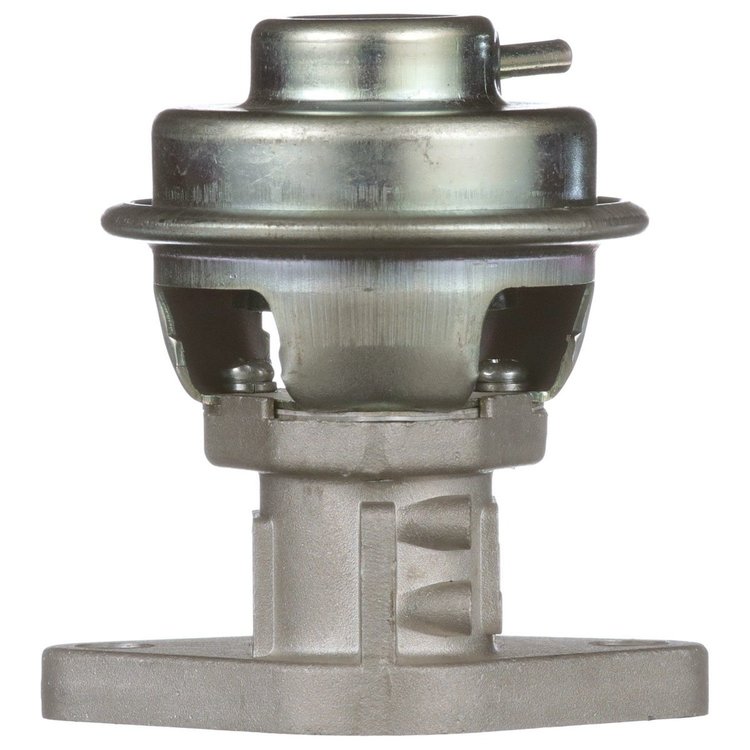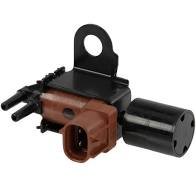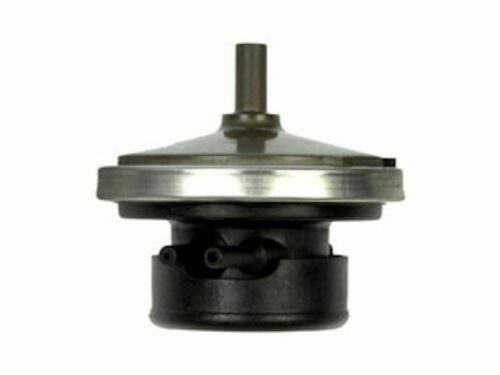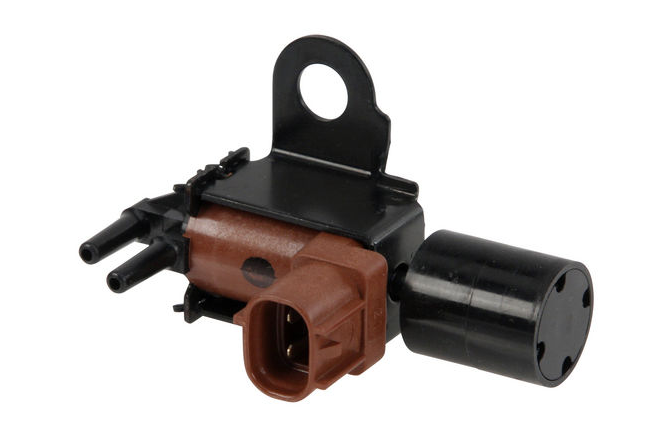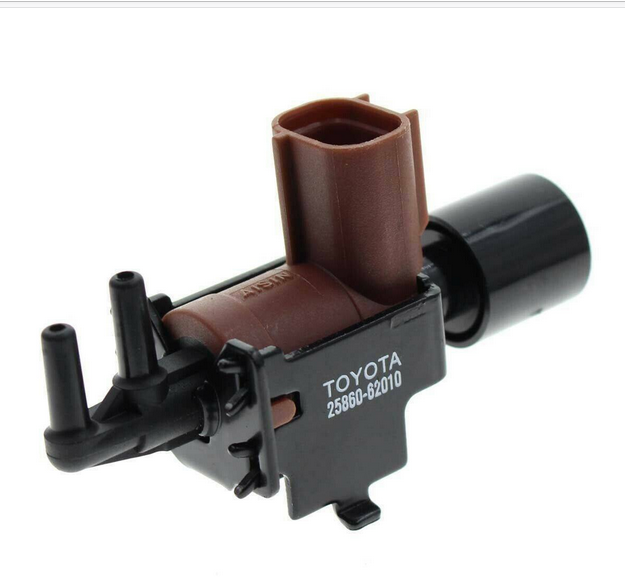
userface
Members-
Posts
21 -
Joined
-
Last visited
Profile Information
-
Location
Five Corners, WA
-
Vehicles
Second Generation Legacy
userface's Achievements

Member (2/11)
5
Reputation
-
Do you have any idea about this: I idled the engine for 25 minutes, checking the trans. fluid level every five minutes as to get it to the cold checking level the service manual states the engine must be idled for 25-30 minutes when 32° F . I checked it every 5 minutes since it's not near 32° F. After I shut the engine off, with the hood open I could hear a bubbling/boiling sound and then a crackling (not exactly though the best word I can think of) coming from what seemed like where the torque converter is, or from further down in the trans.
-
Sometimes it seemed it would rev kind of high before switching gears. After the solenoids were replaced the timing of the shifts seemed to be better. After sitting about a week when putting into R there is more of a clicking sound and does not have the hard shock that there was initially. I'm concerned gears may have "seized" (if that's something that happens) due to low transmission fluid. Right after the solenoids were replaced the transmission did not work very well. More fluid was added and then it worked fine.
-
1) Yes. When the code was reset it would come back right away. I think it took two drive cycles for it to display after resetting. 2) Yes, right after. 3) No codes at all since. 4) No. 5) The fluid seemed fine. Three drain and fills were done about 10-20k miles prior. No debris was noticed on either end of the screens. Water was run through it and it came out clear.
-
This is for a '95 4EAT. There was a P0758 (transmission solenoid) code that came up somewhat recently. At that time the car was put into "limp mode", 3rd gear only. The transmission solenoid set was replaced with one from a wrecking yard.. The transmission worked again and codes went away. Several weeks later while driving it is suddenly stuck in 3rd again. In D, 3, 2 it is stuck in 3rd gear, in 1 it barely moves. When selecting R there's a hard shock and it does not move at all. There are no check engine or ATF temp codes/lights. A hefty leak from a transmission cooler line was spotted, which wasn't there before. Added plenty of ATF fluid, still the same. Drained the ATF fluid (I read you're suppose to get about 4 quarts), got about 5 from everything that was added. Put back in about 3 qt. and still the same issue. I don't want to hear that the transmission is toast or needs a rebuild. From the troubleshooting manual, this is what is listed for: Shock occurs when select lever is moved from “N” to “R.” -Control module -Accumulator(4A) -Control valve -ATF deterioration It's basically the same issue as described here:
-
Can you provide photos of the "tight bend"? I'd recommend using the Subaru clamp to prevent any leakage. If you don't have one you can get them on ebay for several dollars. If it's an aftermarket hose and thicker it may be a little tough to get the Subaru clamp on using a screw driver you can push it into position and then tighten it with a ratchet or screwdriver.
-
Since I've received so much helpful information on Subaru forums including this one I want to give back. I'll provide as much information as I can. Your solution may be contained in other sources such as links or a youtube video. The Exhaust Gas Re-circulation system is made up of small vacuum hoses, small metal tubing, one large copper pipe and three different parts. The EGR system is routed as follows: Two small vacuum tubes come off of the throttle body going through metal pipes and then again tubing connecting to the Back pressure transducer. The Back pressure transducer is a round part that has four different tube connections. From the Back pressure transducer, one vacuum tube runs through a metal pipe and connects to the EGR Vacuum Solenoid, which has an electrical plug-in. From the EGR Vacuum Solenoid a different vacuum tube runs to the EGR Valve. Next to the EGR Valve though not on the EGR Valve a metal tube comes up and has a somewhat larger vacuum hose connected to it which connects to the bottom of the Back pressure transducer. There is also a larger copper colored tube that runs vertical near the EGR Valve from the intake manifold down to the drivers side cylinder head. ------------------------------------------------------------------------------------------------ After you reset the code, it will take two cycles of the P0400 error for it to display the check engine light. The first thing to check is for carbon buildup/blockage in the small vacuum hoses and the small metal tubing it connects to. The tubing is windshield washer fluid tubing and is either 5/16 or 5/32" diameter. You can use a metal coat hanger or a large paper clip straightened out to push through the small metal tubing. This includes the metal tube that comes up and connects to a hose which connects to the bottom of the Back pressure transducer.You can also spray carburetor cleaner with the small plastic hose attachment into the metal lines. If carbon blockage is not the issue then one or more of the three EGR parts may have failed/need replaced. Also, any cracks or leaks in the vacuum hoses or metal tubing could be the cause. For the EGR Valve, it has two 12mm nuts to remove it. You can remove it and scrape off the carbon visible inside. Some people will say to spray or soak it in carb cleaner, the factory service manual says not to use solvents as they can damage the diaphram.You can also scrape out any carbon on the other opening side that it is bolted to. If you have a handheld vacuum pump, you can connect it to the EGR Valve and it should hold vacuum, as in the diaphram visually moves and should hold with the vacuum applied. If it does not hold with the vacuum applied then the EGR Valve needs to be replaced. The EGR Vacuum Solenoid is held on by one 12mm bolt. When 12v and ground are applied it should make a clicking sound. You should also be able to feel it when it clicks if you have your fingers on the the EGR Vacuum Solenoid. There are two ways to test this, to see if it clicks. You can connect the two green test mode connectors under the dash. When those are connected and you turn the key, there's about 10 items that will run in a row starting with the fans and it will repeat. The issue with this is that there are other parts that click so you may not be able to tell if it's the EGR Vacuum Solenoid clicking or not. If you put your fingers on it you should be able to tell if it clicks. You can also remove it with the 12mm bolt. I'd recommend a wobble attachment connected to an extension then ratchet to loosen it. Then unplug the connector. You'll need two small wires with the copper exposed on each end. If you have the EGR Vacuum Solenoid removed, looking at the two metal connectors, with the two tubes on the bottom and the canister on top, the left one is ground and the right one is positive. So when ground and 12v positive are applied to the correct metal connectors, there should be a click heard in the solenoid. If there is no click and ground/12v was applied correctly, then the solenoid should be replaced. There are aftermarket ones on ebay for like $13 shipped. They may be branded as Toyota or with just the term vacuum solenoid. Make sure that the connector will go on exactly the same. Some aftermarket ones will look the same except the Subaru connector cannot fit on them. The Back Pressure transducer according to a Subaru tech on the site justanswers, says that 90% of the P0400 codes are a result of a Back pressure transducer gone bad. The Subaru tech on justanswers says that if you disconnect the bottom hose, shake it and water comes out that it needs to be replaced. The Subaru brand part is like $50-$60. There are now aftermarket ones on ebay for as little as $8.50 shipped at the time of publishing this. 911-609 is the aftermarket part number. It's interesting that the Subaru tech says it's the cause of P0400 90% of the time yet the factory service manual P0400 diagnoses says nothing about how to test it or to know when to replace it. There is a large EGR copper pipe that runs vertical from the intake manifold down to the drivers side cylinder head. It being clogged with carbon could be an issue. This metal tube takes a flare nut wrench. When I was doing other work and had the intake manifold removed and bolted in again, I could not get the tube to thread into the intake manifold. I had to unbolt the intake manifold , lift it up a little at an angle to thread in the EGR metal tube. I would recommended checking this as a last resort. I was getting the P0400 code and it turned out to be a bad (stopped clicking) EGR Vacuum Solenoid and a bad Back pressure transducer, which did have some water coming out the bottom when tapping it down. The cheap aftermarket price for both of those parts, currently only $22. Resources: There's also some testing you can do with an air pressure gauge from this video: "SUBARU P0400 EGR FLOW" by James Danner Factory Service Manual Error Code Diagnosis (It starts on page 212, that is 212 on the page itself, not the PDF reader) Subaru tech responses to P0400 codes on JustAnswers: https://www.justanswer.com/subaru/91489-subaru-forester-98-subaru-forester-p0400.html https://www.justanswer.com/subaru/5dhw0-1997-subaru-legacy-gt-2-5-code-p0400-ideas.html https://www.justanswer.com/subaru/9vhkz-p0400-code-yes-1999-legacy-2-5l-going-remove.html https://www.justanswer.com/subaru/b075x-p0400-code-1996-suburu-legacy-changed.html https://www.justanswer.com/subaru/4n0k0-subaru-legacy-2-5i-limited-1997-subaru-outback-legacy.html
-
I didn't see any kits on RockAuto for your vehicle with a hydraulic actuator which are used in second generation legacies/outbacks. They all have a hydraulic tensioner which fits your vehicle. On the older legacies a separate hydraulic actuator is used to push the tensioner pulley. On your Subaru it is an all-in-one part as pictured in the kit.
-
For a Second Generation Legacy, does anyone have information about the thin rubber weather stripping that runs horizontally under the outside of the windows? It seems to be held in place by adhesive. I'm looking for a name or part number if it's available at NAPA, O'Reilly etc. either by the foot or pre-packaged.

